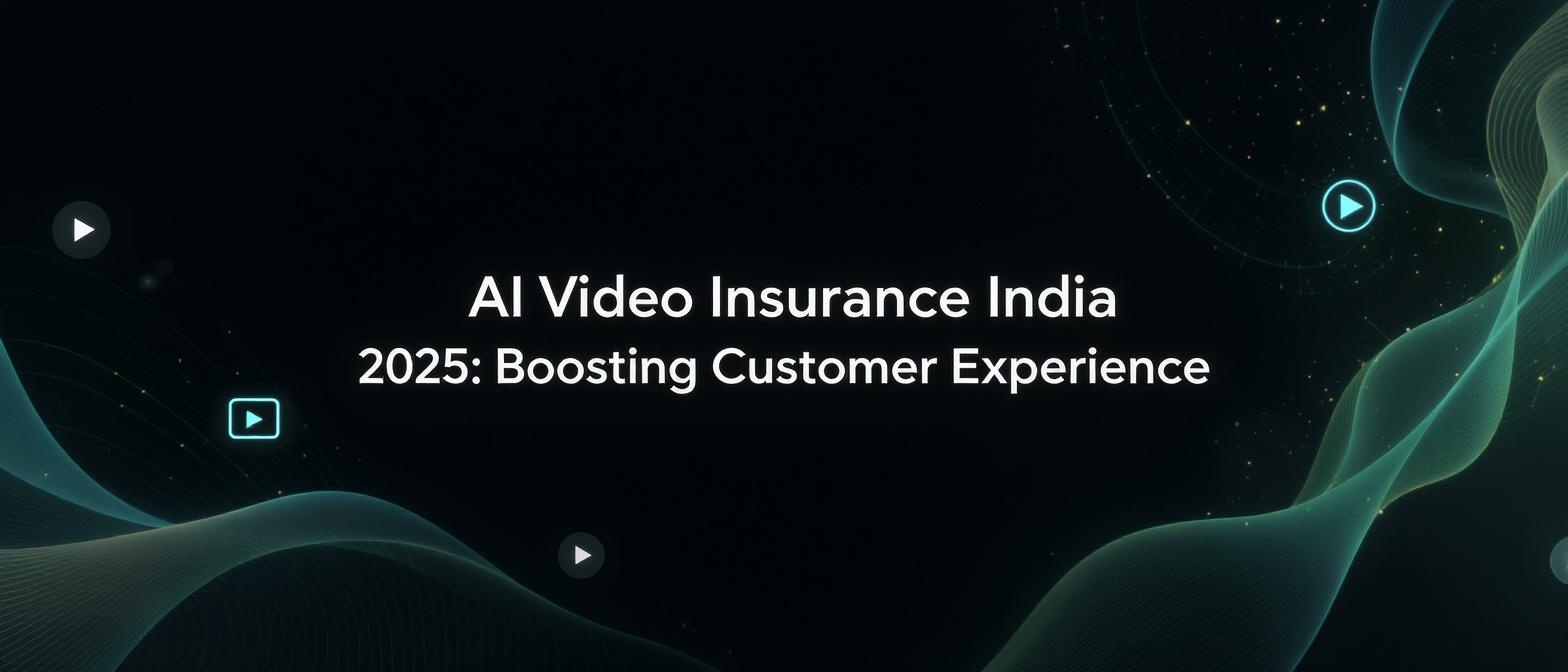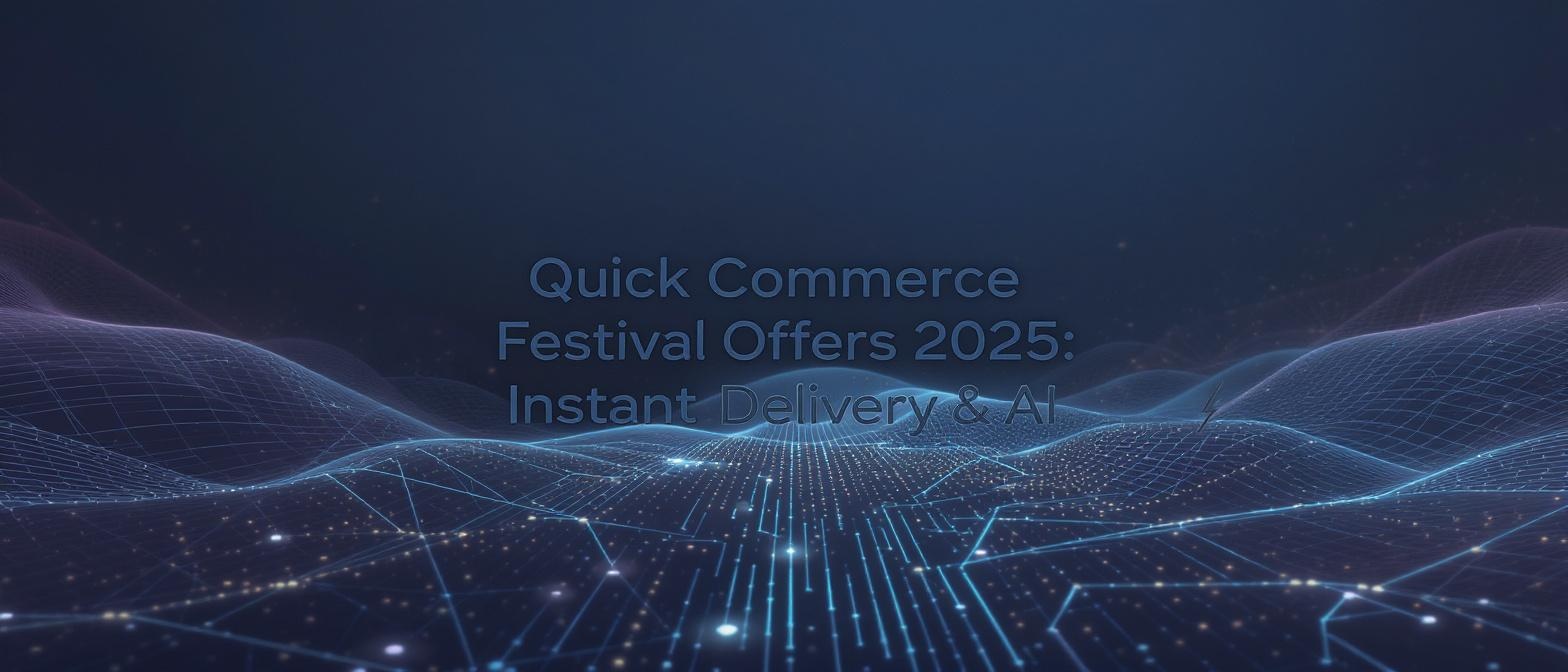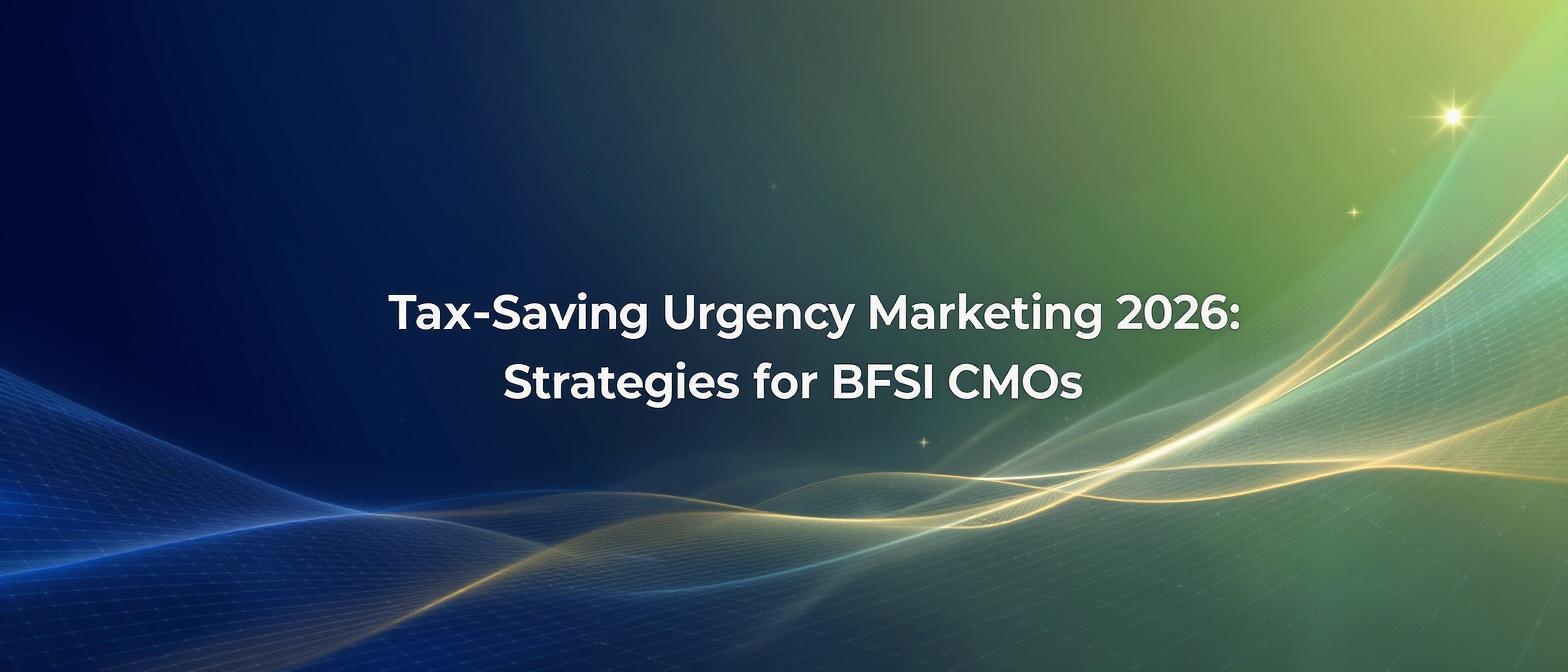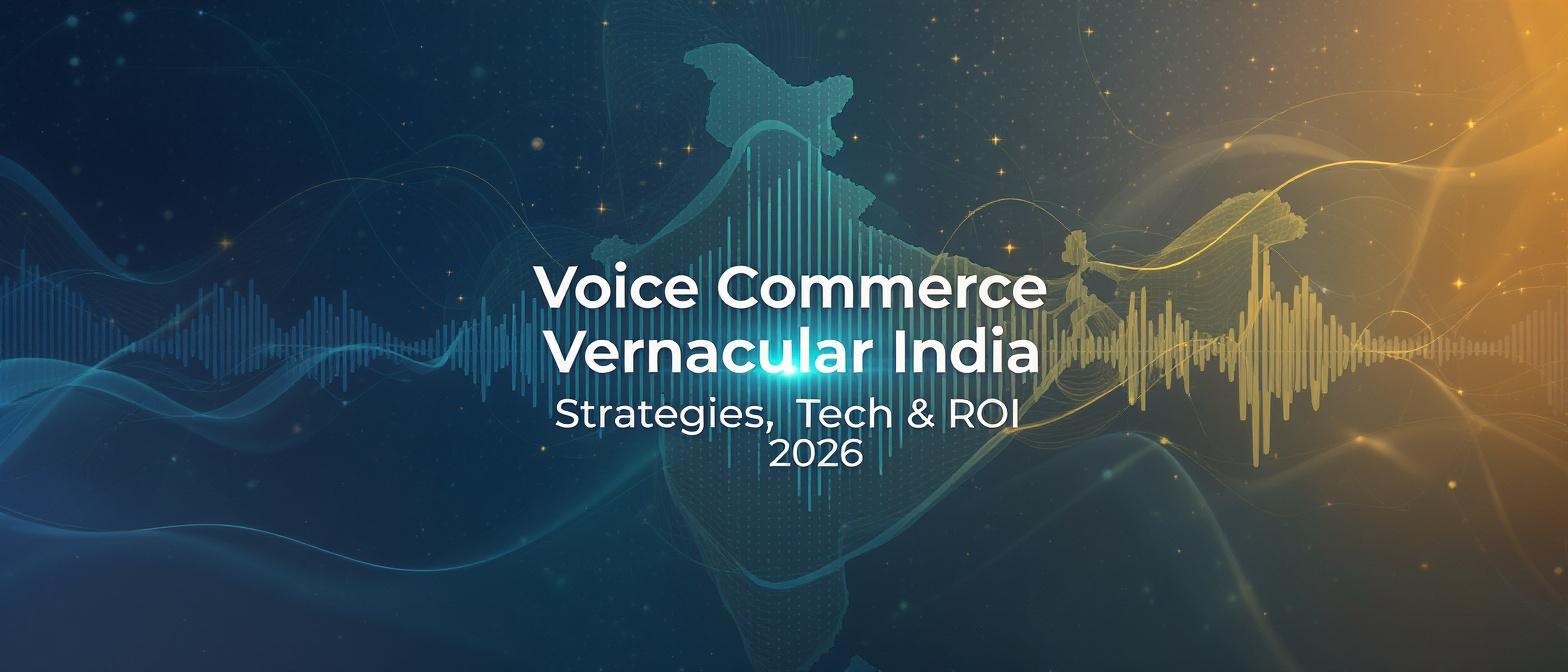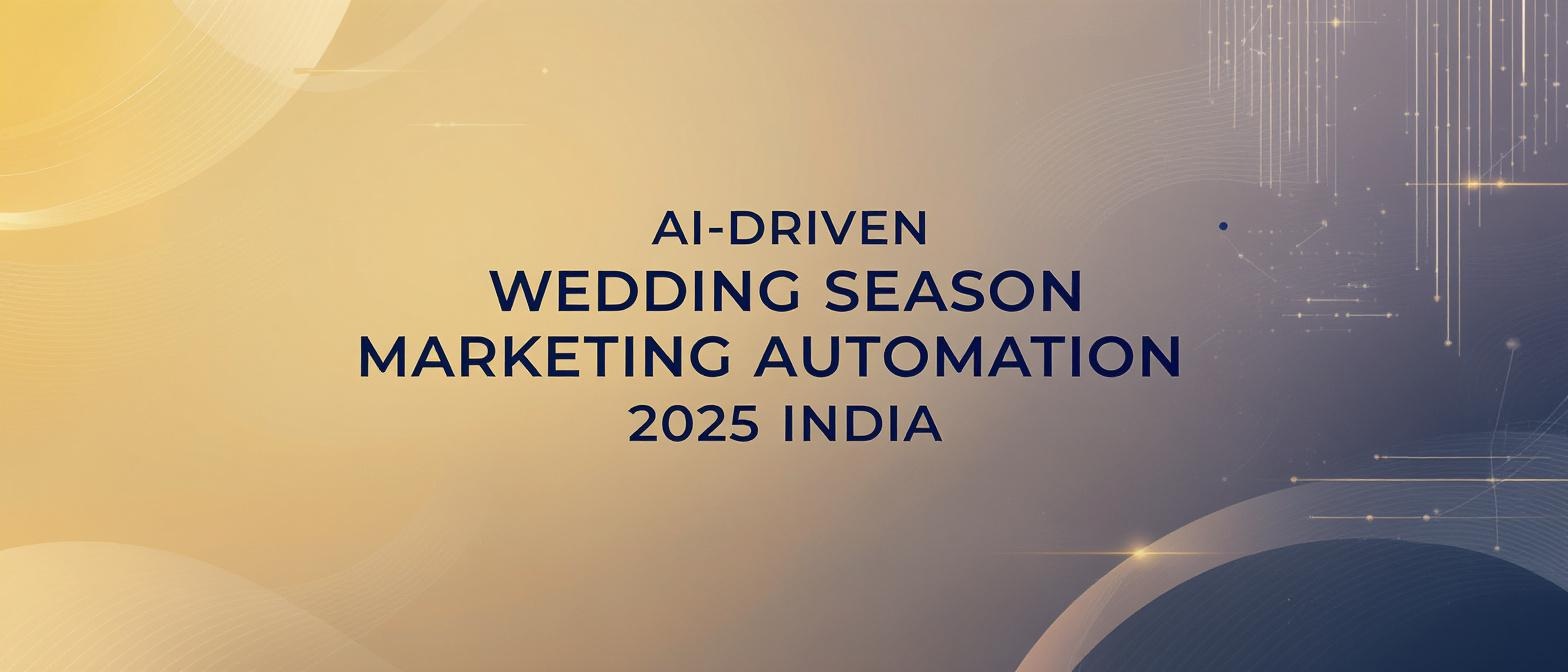The Tipping Point: How the AI Video Insurance Sector in India 2025 Will Redefine Customer Experience
Estimated reading time: ~12 minutes
Key Takeaways
- AI is poised to transform the Indian insurance industry by 2025, delivering more personalized and efficient experiences.
- Video explainers simplify policies and claims, boosting comprehension and reducing friction.
- Multilingual, AI-driven personalization fosters greater trust in Tier-2 and Tier-3 markets.
- Compliance and data security remain paramount in implementing AI solutions.
- Scalable video platforms like Studio by TrueFan AI streamline everything from onboarding to agent enablement.
The Indian insurance landscape is on the brink of a seismic shift. As we hurtle towards 2025, the confluence of explosive digital adoption, evolving regulations, and powerful artificial intelligence is creating a new paradigm for insurers. Central to this transformation is the rise of the AI video insurance sector India 2025, a domain poised to dismantle legacy communication barriers and build unprecedented trust with millions of policyholders. Gone are the days of dense, jargon-laden policy documents and slow, opaque processes. The future is on-demand, personalized, and visual.
India's insurance sector is already on a formidable growth trajectory, with premiums projected to grow at a 12% CAGR (IBEF 2024). This growth is increasingly fueled by digital channels. Globally, the momentum is undeniable, with a staggering 91% of insurers expected to leverage AI in some form by 2025. For India, a nation with skyrocketing smartphone penetration and a vast, multilingual population, this isn't just a trend—it's a fundamental necessity. The Insurance Regulatory and Development Authority of India (IRDAI) is also championing innovation, creating a regulatory environment that encourages technological adoption while safeguarding consumer interests. This perfect storm of market demand, technological capability, and regulatory support sets the stage for AI-powered video to become the cornerstone of modern insurtech video marketing in India.
1. The AI Revolution: Charting the Transformation of Indian Insurance by 2025
Artificial intelligence is no longer a futuristic concept; it’s a present-day reality actively reshaping the insurance value chain. By 2025, AI will be deeply embedded in the core operations of nearly every forward-thinking insurer in India. This integration is not merely about incremental improvements; it’s about fundamentally re-engineering processes for efficiency, accuracy, and customer-centricity.
Core Areas of AI Disruption:
- Intelligent Underwriting and Risk Profiling: The traditional underwriting process, often slow and reliant on historical data, is being revolutionized. AI-powered predictive analytics can analyze vast datasets—from lifestyle habits to telematics data—to create highly accurate risk profiles. This not only personalizes premiums but also significantly curbs risk. A 2025 report by Deloitte Insights predicts that AI-driven underwriting can reduce fraud by as much as 30% by identifying anomalous patterns invisible to the human eye.
Source: coinlaw.io
- Automated and Accelerated Claims Processing: The claims process has long been a major friction point for customers. AI is changing the narrative. By leveraging computer vision to analyze damage photos and Natural Language Processing (NLP) to interpret claim documents, insurers can slash processing times by a monumental 70%.
Source: coinlaw.io
This automation minimizes manual intervention, reduces errors, and drastically improves the customer experience during a critical time of need. - 24/7 Customer Service with Virtual Assistants: Policy inquiries, from simple questions about coverage to complex queries about riders, can overwhelm support teams. AI-powered virtual assistants and chatbots are stepping in to provide instant, round-the-clock support. It’s estimated that these virtual assistants will handle 42% of all policy inquiries by 2025, freeing up human agents to focus on high-value, complex, and empathetic customer interactions.
Source: coinlaw.io
- The Regulatory Push for Innovation: The IRDAI is actively shaping the future of insurance with a forward-looking stance on technology. New regulations are being crafted to strike a crucial balance between fostering innovation and ensuring robust consumer protection. This framework encourages insurers to adopt technologies like AI while mandating stringent data privacy and security standards, building a sustainable and trustworthy digital ecosystem.
Source: The Economic Times
A recent study on India’s digital economy further highlights this trend, revealing that financial product consumption via vernacular digital content is expected to grow by over 75% by the end of 2025, making localized communication a non-negotiable strategy for growth. This is where insurance awareness videos powered by AI in India will play a pivotal role.
2. Demystifying Complexity: AI-Powered Policy Explainer Videos
The most significant barrier to insurance penetration in India remains a lack of understanding. Complex terms like “sum insured,” “deductibles,” “riders,” and “exclusions” can be intimidating. An AI-powered policy explainer video is the solution—a concise, 60-to-90-second video clip that uses a digital avatar to break down a specific policy into simple, easy-to-understand terms.
Imagine a potential customer from rural Tamil Nadu exploring a health insurance plan. Instead of a dense PDF, they click a button: “Watch Policy Explainer in தமிழ்.” An AI avatar appears, speaking fluent, lip-synced Tamil, clearly explaining the policy’s benefits, premium, and claim process, complete with localized subtitles and a clear “Buy Now” call-to-action. This is the power of AI in action.
Studio by TrueFan AI enables this at an unprecedented scale. The technology allows insurers to generate thousands of personalized videos with a simple, one-click process. An underwriter can type a 120-character script explaining a new rider, select an avatar, choose a language, and generate a studio-quality video in minutes.
This approach directly addresses a critical market reality: over 40% of India’s internet users prefer to consume content in their native language.
Source: IBEF 2024
By catering to this demand, insurers can build trust and significantly improve comprehension, especially in Tier-2 and Tier-3 cities.Key Features Driving Adoption:
- Massive Multilingual Support: Studio by TrueFan AI’s 175+ language support and AI avatars (like the professional Gunika, the friendly Annie, or the formal Aryan) ensure that every customer feels seen and understood, regardless of their linguistic background.
- Seamless Integration: Using API and Webhook integrations, these explainer videos can be automatically generated and dispatched via WhatsApp or email the moment a customer purchases a policy, confirming their choice and reinforcing key benefits.
3. Building Trust Through Transparency: AI-Powered Claims Process Tutorial Videos
When a customer needs to file a claim, they are often under immense stress. A confusing, lengthy process can irrevocably damage their relationship with the insurer. AI-driven claims tutorial videos provide a clear, step-by-step visual guide, empowering customers and reducing the burden on support centers.
These tutorials can be dynamically generated and personalized, walking the policyholder through every specific step required for their unique claim type.
A Typical AI Claims Tutorial Breakdown:
- Personalized Introduction: An AI avatar greets the customer by name, acknowledges their situation with empathy, and outlines the process.
- Document Checklist: The video visually displays the exact documents needed (e.g., hospital bills, police reports), showing sample scans and highlighting key information to include.
- Portal/App Walkthrough: A screen recording guides the user on how to log in, navigate to the claims section, and upload their documents correctly.
- Video KYC and Geotagging: For claims requiring verification, the video explains how to complete the video KYC process, a mandate that aligns with IRDAI and RBI guidelines for digital identity verification.
- Status Tracking and Escalation: The tutorial concludes by showing the customer how to track their claim status in real-time and provides clear information on escalation points if they need further assistance.
This proactive communication aligns perfectly with IRDAI’s Fraud Monitoring Framework Guidelines for 2025, which emphasize transparency and clear audit trails.
Source: irdai.gov.in
Advanced platforms bring additional layers of compliance, offering real-time profanity filters for user-generated video content, watermarked outputs for irrefutable audit trails, and the assurance of being ISO27001 & SOC2 certified.4. Supercharging the Frontline: AI Videos for Agent Training and Enablement
India’s vast network of insurance agents, from LIC stalwarts to private sector newcomers, is the backbone of the industry. Keeping them updated on new products, complex regulations, and effective sales techniques is a monumental challenge. AI-generated video offers a scalable, consistent, and highly effective solution.
An insurance agent training video created with AI is far more than a simple recording. It can be an interactive module with branching scenarios. For example, a video could quiz an agent on how to best cross-sell a family health rider to a client who just purchased a life insurance policy. Their answer determines the next segment of the video, creating a personalized learning path.
This method is proven to be more effective. Research published in 2024 shows that AI-driven video learning can increase knowledge retention by up to 60% compared to traditional text-based manuals.
Source: ACM Digital Library
Transformative Capabilities for Agent Enablement:
- Custom Avatar Training: Insurers can clone the voice and persona of their top-performing agent or a trusted senior leader. This custom avatar can then be used to deliver all training content, ensuring brand messaging is always consistent, authoritative, and motivating.
- Just-in-Time Learning: Training videos can be pushed directly to agents’ phones via WhatsApp API moments before a client meeting, providing a quick refresher on a specific product’s features. These videos can also be embedded within a company’s Learning Management System (LMS) for structured, trackable progress.
This is a game-changer for agent enablement videos in India, ensuring the entire sales force is aligned, compliant, and equipped to serve customers effectively.
5. Crafting the Perfect Welcome: Customer Onboarding & Health Insurance Explainers
The journey with a new policyholder begins the moment they make a purchase. A generic welcome email is a missed opportunity. An AI-powered insurance onboarding video, however, can create a memorable and reassuring experience.
These aren’t generic videos. They are hyper-personalized at scale. A welcome video can greet the customer by name, visually recap the specific health insurance benefits they’ve chosen, outline the next steps for activating their policy, and provide the direct contact details of their assigned agent—all generated automatically.
For health insurance, this is particularly powerful. An AI video can use dynamic overlays to explain complex concepts like waiting periods for pre-existing conditions or showcase interior images of network hospitals in the customer’s vicinity. This level of personalization has a direct business impact. Early data from the APAC region suggests that AI-driven video onboarding can reduce the cost per quote (CPQ) by up to 25% and increase final policy issuance rates by 15% by reducing post-purchase dissonance.
By delivering content in multiple aspect ratios, these videos are optimized for every channel, whether viewed on a mobile app, a web portal, or a link in an email.
6. The Bedrock of Trust: Delivering IRDAI-Compliant AI Video Solutions
In the highly regulated insurance sector, innovation cannot come at the expense of compliance. As insurers embrace AI video, adherence to IRDAI’s stringent guidelines, including the Insurance Fraud Monitoring Framework of 2025, is paramount.
Leading AI video platforms are built with a “compliance-first” mindset, integrating governance and security into their very architecture.
Key Pillars of a Compliant AI Video Strategy:
- Unyielding Data Security and Privacy: With the Digital Personal Data Protection (DPDP) Act now in effect, data governance is non-negotiable. Enterprise-grade solutions must operate within a “walled garden” model, ensuring client data is never used for training external AI models. Certifications like ISO27001 and SOC2 are essential indicators of a platform’s commitment to data security.
- Automated Disclosures and Disclaimers: Manually adding IRDAI-mandated disclosures to every video is inefficient and prone to error. An advanced AI platform can automatically append these text overlays to all generated videos, ensuring 100% compliance with disclosure norms.
- Audit-Ready by Design: In the event of a regulatory review, insurers must be able to produce clear records. Compliant video solutions provide watermarked, time-stamped video logs, creating an immutable audit trail that demonstrates transparency and accountability to regulators.
7. From Theory to Practice: Industry Case Studies and Enterprise-Ready Solutions
The true measure of any technology is its real-world impact. As a browser-based, self-serve SaaS platform, TrueFan Studio is already demonstrating significant ROI for enterprises looking to scale their communication.
Consider a leading private insurer that deployed AI-generated videos. They created over 10,000 unique policy explainer videos in multiple languages within a single quarter. The results were astounding: a 3x uplift in customer engagement on their portal and a 20% increase in quote requests originating from the video landing pages.
While not in insurance, Zomato’s success with hyper-personalized video marketing offers a powerful parallel. By using AI to create customized video ads at scale, they achieved a 50% higher click-through rate compared to static ads, proving the immense power of personalization. Solutions like Studio by TrueFan AI demonstrate ROI through measurable metrics like these, moving video from a creative expense to a strategic growth driver.
The ultimate power lies in integration. By embedding video generation capabilities directly into a CRM system via an API, insurers can trigger automated video follow-ups for critical touchpoints like policy renewal reminders or cross-sell opportunities, creating a truly automated and intelligent communication engine.
8. Glimpsing the Horizon: The Future Outlook for AI Video in Insurance
The innovation journey is far from over. The foundation being laid today for the AI video insurance sector India 2025 is paving the way for even more sophisticated applications.
- Dynamic Personalization: The next frontier is video content that personalizes itself in real-time using live data feeds. Imagine a video that dynamically updates a policyholder’s premium calculation based on new telematics data or adjusts risk scores on the fly.
- True Cross-Channel Orchestration: The experience will become seamless across all platforms. A customer might start a query with a chatbot, escalate to a voice call, and then receive a personalized video summary of the conversation via WhatsApp—all part of a single, unified journey.
- Immersive and Augmented Reality: Emerging technologies will enable AR-powered videos for virtual walk-throughs of hospital admission processes or immersive claim inspections where an adjuster can guide a policyholder remotely.
For insurers, the strategic path forward is clear: start now. Begin by piloting AI video in a specific, high-impact use case like policy explainers. Meticulously measure the ROI in terms of customer comprehension, engagement, and conversion. Once proven, leverage modular AI platforms to scale these capabilities across the entire organization.
Conclusion: Your Competitive Edge in 2025 and Beyond
The digital transformation of the Indian insurance sector is accelerating, and AI-powered video is no longer a luxury—it is an essential tool for survival and growth. From demystifying complex policies and simplifying claims to empowering agents and ensuring regulatory peace of mind, the applications are as vast as they are impactful.
Adopting AI video is a direct investment in superior customer understanding, operational efficiency, and agent performance. It allows insurers to build bridges of trust with a diverse, multilingual customer base, delivering clarity and empathy at scale. As we approach the 2025 regulatory and technological tipping point, the question is no longer if insurers should adopt this technology, but how quickly they can integrate it into their core strategy. To stay competitive and build lasting customer relationships, insurers and agents must partner with pioneering AI video platforms to unlock the future of insurance communication today.
Frequently Asked Questions
1. How does AI video ensure the data security of our policyholders?
Data security is paramount. Leading platforms operate on a “walled garden” principle, meaning your data is isolated and never used to train public AI models. Look for solutions that are compliant with the DPDP Act and hold certifications like ISO 27001 and SOC 2, which are global benchmarks for information security management.
2. What is the typical implementation timeline for an AI video solution in an insurance company?
Thanks to modern SaaS platforms, the initial implementation can be surprisingly fast. A pilot program for a specific use case, like generating 1,000 policy explainer videos, can often be launched within 2-4 weeks. Full enterprise-wide integration with CRM and other core systems via API is a more phased process, typically taking 2-3 months.
3. How easily can AI-generated videos be updated if a policy term or regulation changes?
This is a key advantage of AI video. Instead of reshooting an entire video, you simply edit the script text within the platform. The AI will then re-generate the video with the updated narration from the avatar, complete with accurate lip-syncing. This allows for changes to be made across thousands of videos in minutes, not weeks.
4. How does AI handle the vast diversity of regional dialects and accents in India?
Advanced AI models are trained on massive datasets of language and voice. Studio by TrueFan AI offers high-quality text-to-speech engines that can capture the nuances of various Indian languages. For ultimate authenticity, many platforms also offer voice cloning features, allowing you to use a voice actor fluent in a specific dialect to be the voice of your AI avatar.
5. What are the key metrics to measure the success and ROI of an AI video campaign?
The success of an AI video campaign can be measured with several key performance indicators (KPIs), including:
- Engagement Rate: Video views, completion rate, and click-through rate on calls-to-action.
- Comprehension Lift: A/B testing video explainers against text documents and measuring customer quiz scores.
- Operational Efficiency: Reduction in call volume to support centers for common queries and faster claims processing times.
- Conversion Rate: Increase in policy purchases or quote requests from pages featuring video content.

